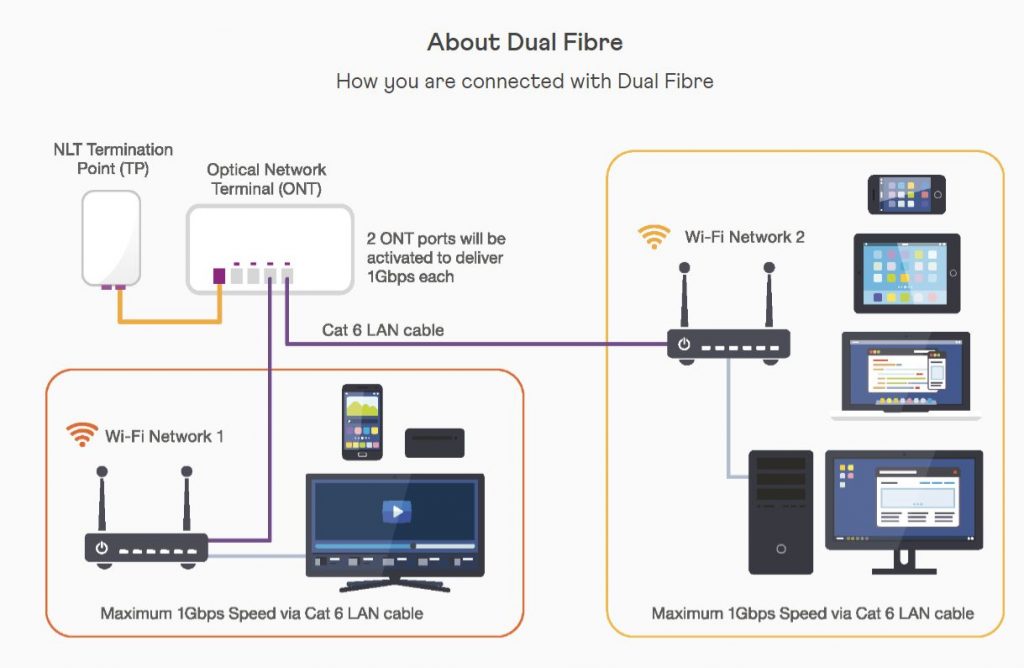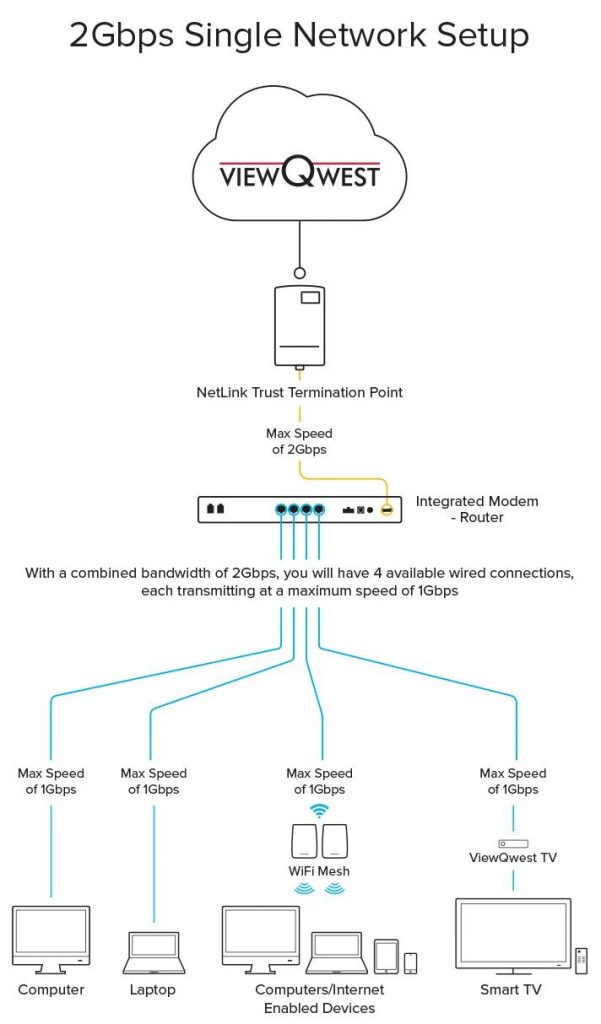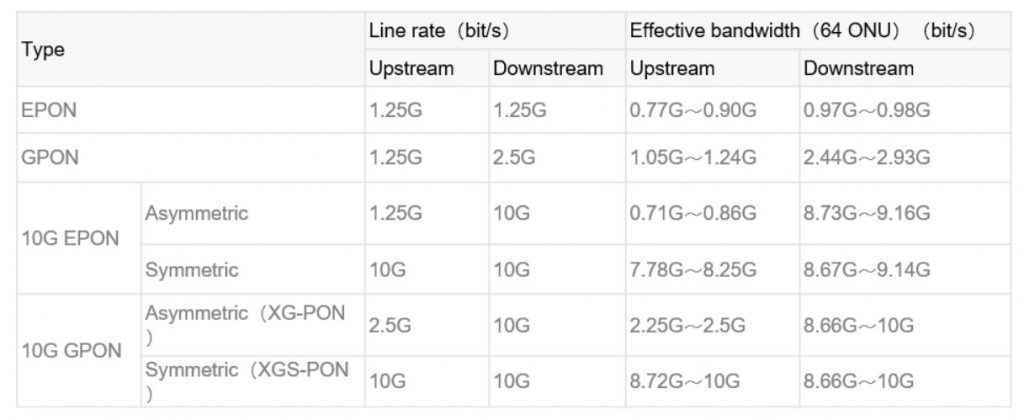[ UPDATE 6/10/2022 18:00 ] Time offers 2Gbps for RM379/month, first to deploy commercial 10G PON in Malaysia.
===
It appears that Time’s big announcement for Friday has been revealed ahead of schedule. Amanz has spotted an outdoor digital which reveals Time’s new 2Gbps fibre broadband plan along with its new logo. This would make it Malaysia’s fastest fibre broadband plan for home consumers.

The digital ad shows “2Gbps has landed” and we could also see the new Time logo that’s spelt in lowercase. There are no details about the plan including pricing which will be officially revealed tomorrow.
To recap, Time has been dropping hints about a faster broadband plan teasing 2x speed and 2x fun. The broadband provider which mainly focuses on high-rise buildings is currently offering fibre broadband with a maximum speed of 1Gbps for RM199/month. Its base 100Mbps fibre plan is going for RM99/month, which is more affordable than other fibre providers.
It would be interesting to see if Time would offer free speed upgrades to existing customers like how it did in 2018. Back then, customers on 100Mbps were upgraded to 500Mbps, while 300Mbps and 500Mbps customers were upgraded to 1Gbps.
Will Time offer true 2Gbps or is it 2x 1Gbps?
Some might wonder if Time’s 2Gbps plan would actually record 2Gbps downloads on speedtest but it really depends on the actual setup. In Singapore, the 2Gbps plans offered by ViewQwest, M1 and MyRepublic and Singtel are actually 2x 1Gbps connections. Their FAQ also mentions that customers will not get beyond 1Gbps if you conduct a speedtest.

Although the fibre modem router can receive 2Gbps connection from the provider, each LAN port could only push a maximum speed of 1Gbps. So you can have two separate wireless routers that have a maximum bandwidth of 1Gbps each. This would allow you to have one 1Gbps connection purely for your gaming PC or the upper floor, while the second 1Gbps connection is used for everything else.

Assuming that Time is implementing a 2x 1Gbps setup, you’re not getting double the speeds but more bandwidth to support more devices and do more things. It’s like having two lanes that can do 1Gbps each.

The ability to provide multi-gigabit fibre connection also depends on the technology of the fibre provider’s Passive Optical Network (PON) as well as the equipment at the premises. There are several high-end consumer WiFi 6 routers in the market which has a WAN port that can support 2.5Gbps. Obviously, another limiting factor is whether the devices at your home can support more than 1Gbps WiFi connectivity.
Most fibre deployments in Malaysia are based on GPON which supports connectivity up to 2.5Gbps on a shared basis. Back in 2019, Huawei and Time had signed an MOU to conduct a pilot of 10G PON (10 Gigabit) to provide higher ultra-broadband for users in Malaysia. Early this year, Maxis announced that it has successfully trialled 10G PON on its network delivering close to 10Gbps. Maxis claimed that a single 1GB video which usually took 23 seconds to download on a 300Mbps connection took less than a second to download in their 10G PON setup.
[ SOURCE , IMAGE SOURCE ]








